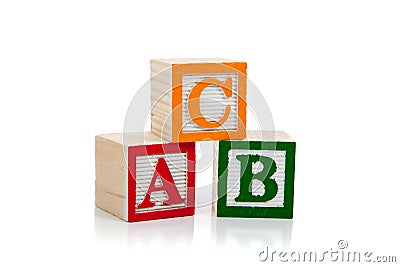This idea of a charismatic adult ties greatly into the topic of my first workshop which was titled "Social and Emotional Learning (SEL): Developing A Common Cross Cultural Language". The workshop was lead by Soraya Gomes, a Hispanic woman, and Kathleen Nerstheimer, a white woman. In regards to the way the program was run, I felt that it was very disorganized, they had a lot of information they tried to push into an hour so nothing was too in-depthly discussed. We were handed a thick packet of information to follow
Through following this, Teachers are relating in that professional yet emotionally understanding way, characterizing them as the "Charismatic adults" Brooks exemplified earlier in his speech. Also, through being these "charismatic adults" and creating a space where the students feel emotionally engaged as well as safe, this is helping to create a safe space in the classroom or community they are working in, which as August explains helps further learning, in many of the same ways exemplified by Brooks.

My second session was titled "Building Resiliency Through Play". I was not provided as much information in this session, but it was very interactive and fun, and the information provided was valuable. We opened up with different cray hand shakes which forced many of us out of our comfort zones, as well as forced us to interact with those around the room. We then did an activity which required us to find a partner and hold three blocks together with just our index fingers, and then go around and try to keep our blocks up, while trying to knock down those of the people around you. We then split up to play various other games, such as operation, Jenga, and a game called Builders and Bulldozers. In Builders and Bulldozers, there where a few builders building block towers three blocks high and everyone else going around and knocking down the towers, as the game went on more and more people were added and the rolls of builder or bulldozer were constantly changing. Afterwards, we discussed the various games we played and how these activities all had a sense of risk to them, but that when portrayed properly, it can encourage students to know how to handle situations of failure properly rather than negatively, as well as helping to promote social relationships and positives through resiliency. Kristen Pepin, a professor here at RIC who led the program also provided resources of books containing various ideas filled with different games and activities which can be enacted to help build resiliency through acts of play in children.
No comments:
Post a Comment